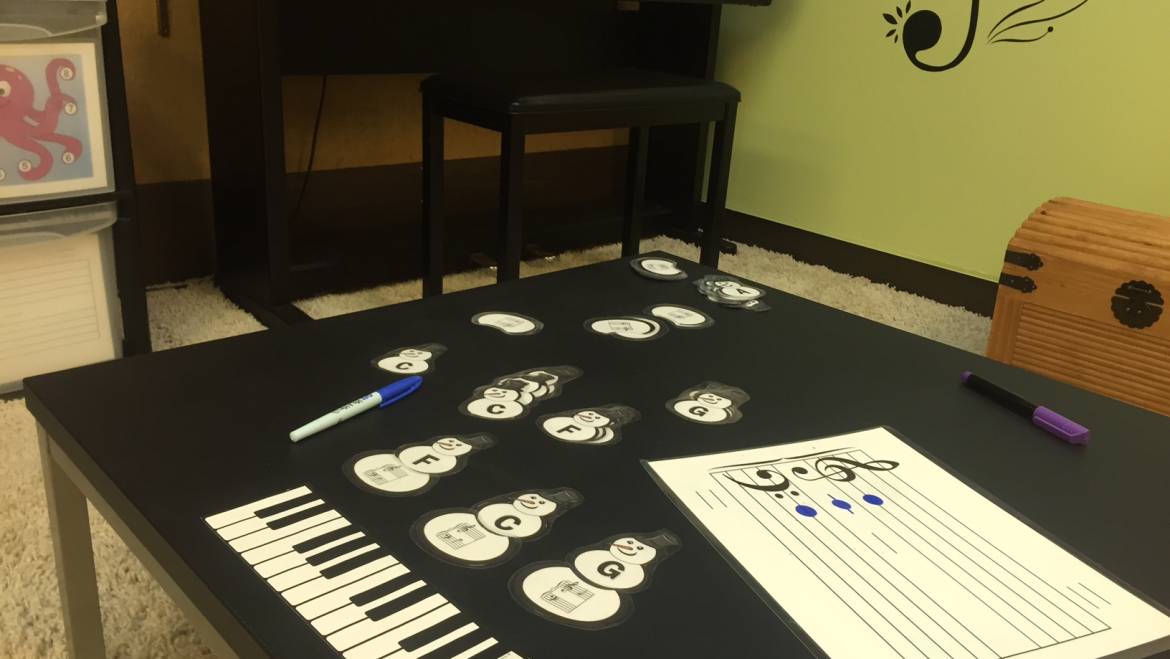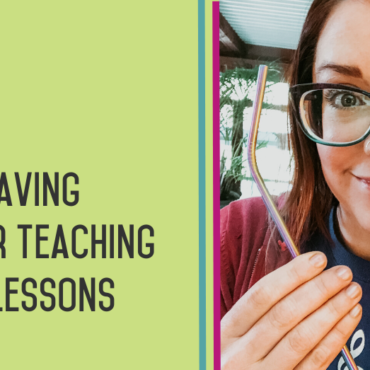Do You Want to Build a Snowman?
Identifying Guide Notes in the game corner.
It’s finally winter here in western Pennsylvania, and that means it’s time to get out the snowmen flashcards from Wendy Steven’s ComposeCreate.com. These cards are great to use as an alternative to regular flashcard drills, and they also can be used as a group lesson tool. Last year we used these cards in a game we called “Go Play in the Snow,” which has rules that are similar to “Go Fish.”
Yesterday I found another use for these little gems.
You’ve probably heard of the line/space sayings such as “Every Good Boy Does Fine” and “All Cows Eat Grass.” These sayings, while they can be helpful to some students, can also be rather confusing for students when they have to identify notes quickly. It’s a pretty intense process to figure out which saying you need to use, especially since some of them are incredibly similar.
“Every Good Boy Does Fine” (treble clef lines)
vs.
“Good Boys Do Fine Always” (bass clef lines)
Sure, there are a plethora of sayings that you can use, some of which help you differentiate between the staves, but students often come into lessons already knowing some of the sayings, and it can be difficult to “unlearn” something that’s already been reinforced in a general music class.
This year, I’ve decided to teach something new.
Instead of mnemonic sayings, I’m switching to the “Guide Note” or “Landmark” method. This method focuses on intervallic reading rather than memorizing mnemonics. Students focus on specific notes on the staff and learn to quickly step or skip up and down to figure out other notes.
How is this less complicated than the mnemonic phrases?
1) Most piano teachers already teach some of the guide notes. Students learn that the treble clef has a bulls-eye around the treble clef G line, and the bass clef has two dots around the bass clef F line. Middle C is also a really easy note to teach. Once students learn middle C, treble clef G, and bass clef F — then you can add the “space 3 C’s” (counting outwards from the middle), the outer lines of the clefs (high treble F and low bass G), and finally the second outside ledger line C’s for both clefs.
2) Intervallic reading is far quicker than using the mnemonic phrases to find notes. Ask any pianist — they don’t take the time to think about “All Cows Eat Grass” when quickly trying to figure out a note. They use intervals to read how notes relate to one another.
3) No more getting mnemonics confused between the clefs. Now, I’ll be totally honest — we’ll probably continue using mnemonics. These sayings are deeply ingrained in most of the local school systems, and sometimes students do really well with them. For many students though, these sayings are easily confused with one another and it takes too much time to sort out which saying they should use. Guide notes, in my experience, are a faster method for many students.
It’s important not to teach too many guide notes at once, as this can make the process too complicated to learn.
That’s why I’m using my Snowman Cards to introduce these concepts this winter. We start with the 3 middle notes, then add the “space 3 C’s,” the outside edges, and the second ledger lines. Each week students will race to match up their guide note snowmen. I’m also writing these guide notes into their assignment books and pieces to reinforce the concepts. Once a student is confident with their guide notes, then it is easy to teach them how to step and skip to other notes using the alphabet.
I like to use lots of visual materials so that students can relate staff lines/spaces to the actual notes on a keyboard. Here’s a list of the materials I use for this process:
Materials Needed:
- Snowmen Flashcards
- “Silent” Keyboard
- Laminated Grand Staff
- Dry or wet erase markers
… of course, my absolute favorite part of this process is at the very beginning. I don’t think I’ll ever get tired of singing to my students… “Do you want to build a snowman?”
Stay Tuned — Be sure to SUBSCRIBE to the blog for future updates.
We Love to Share Music Ideas – Follow us on Facebook and Pinterest!







